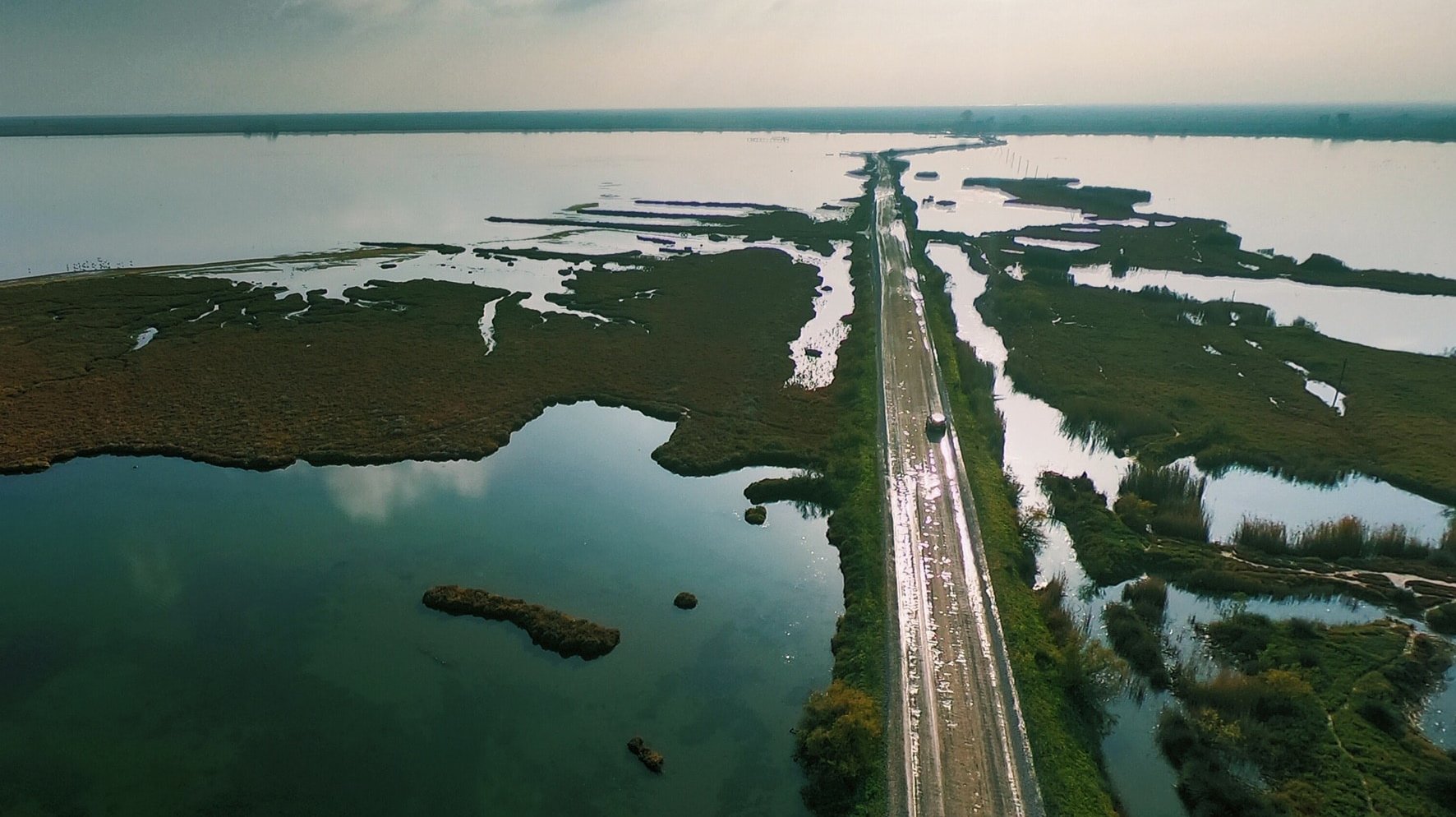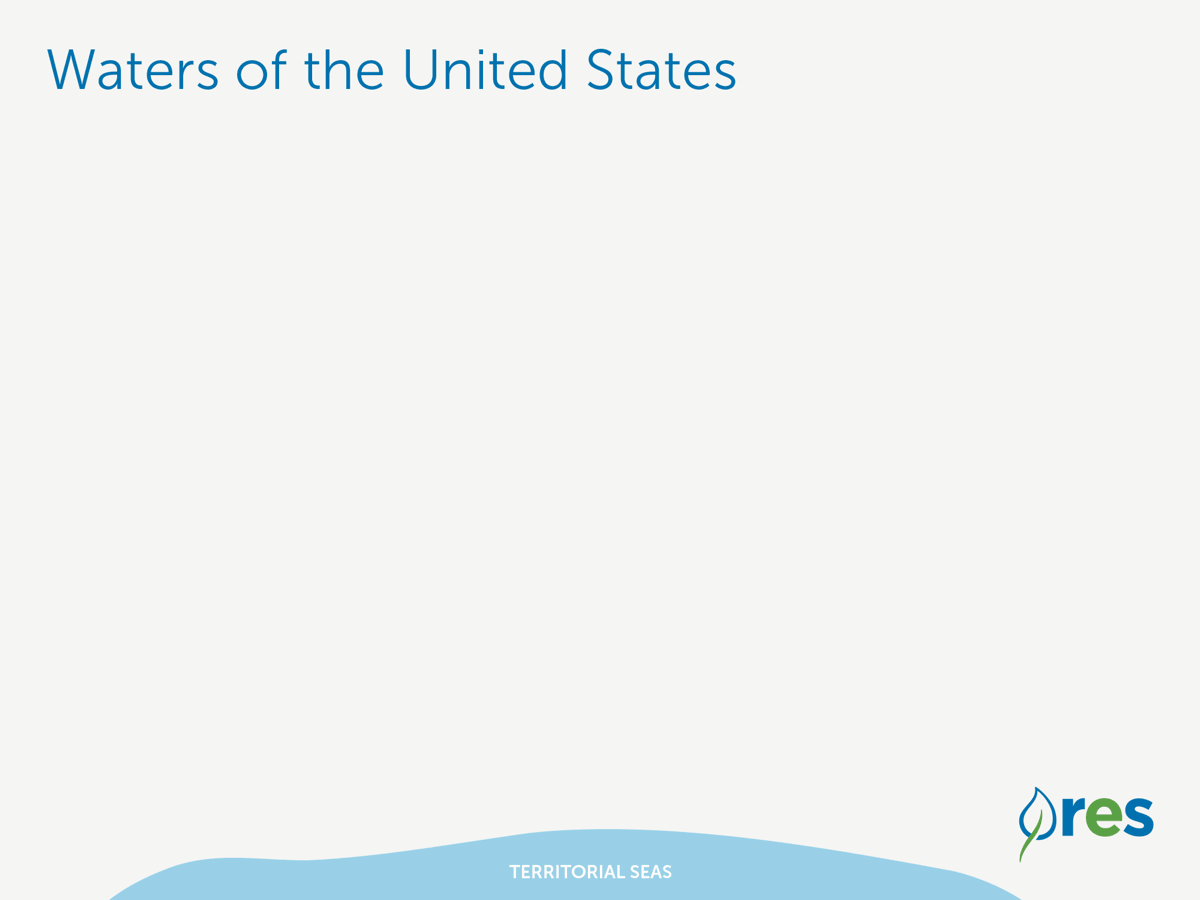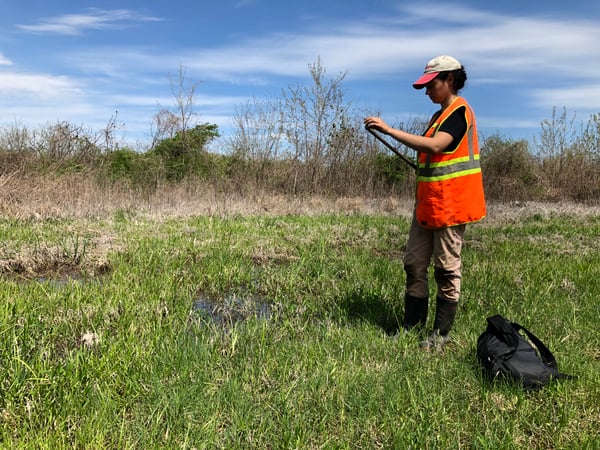 On June 22, 2020, the Navigable Waters Protection Rule (NWR) went into effect purportedly to clarify the US federal government’s permitting jurisdiction of what waters are considered “waters of the United States" (WOTUS) under the Clean Water Act (CWA). The Environmental Protection Agency and the Department of the Army led the review and revision of the definition of WOTUS consistent with an Executive Order signed on February 28, 2017, titled ‘‘Restoring the Rule of Law, Federalism, and Economic Growth by Reviewing the ‘Waters of the United States’ Rule.’’
On June 22, 2020, the Navigable Waters Protection Rule (NWR) went into effect purportedly to clarify the US federal government’s permitting jurisdiction of what waters are considered “waters of the United States" (WOTUS) under the Clean Water Act (CWA). The Environmental Protection Agency and the Department of the Army led the review and revision of the definition of WOTUS consistent with an Executive Order signed on February 28, 2017, titled ‘‘Restoring the Rule of Law, Federalism, and Economic Growth by Reviewing the ‘Waters of the United States’ Rule.’’
The NWR replaces the rule published on October 22, 2019. The new WOTUS rule in the NWR was intended to "increase the predictability and consistency of Clean Water Act programs by clarifying the scope of ‘‘waters of the United States’’ federally regulated under the Act", and streamline the federal permitting of permanent or temporary impacts to WOTUS in construction, infrastructure, development, and utilities projects.
The Real Deal:
More than anything, the executive order was intended to undermine environmental regulations in exchange for short term profit.

Regulatory changes to WOTUS and the Navigable Waters Protection Rule have not streamlined things whatsoever. In fact, since the implementation of NWR, environmental consultants are reporting much lengthier concurrence processes with USACE, whether via jurisdictional determinations (JDs, both preliminary and approved) or through nationwide permit applications.
Some consultants have noted very little change due to higher regulations on the state level (Florida, for example), or because in Colorado the NWR has been rejected. Additionally, some consultants are reporting getting pushback from developers or requests to re-conduct field work to reapply for JD's within the new rules. Olivia Haney, Assistant Environmental Scientist at Burns & McDonnell noted: “A lot of our projects that we had been working on or were in the process of permitting were impacted,” she recalls. “In some cases, the rule changes led to our project plans changing slightly, and as a result we had to go out and re-delineate some areas. That was a huge disruption to construction and permitting schedules. Our goal was to make edits without losing any time, and without updated technology, it would have been a struggle to meet those deadlines.”
All in all, it is a confusing and frustrating time. The NWR may have clarified definitions of WOTUS and removed regulation of our country's headwaters areas on paper, but it has not streamlined the industry, it has created a logjam in the responsible management of our nation's and individual state's waterways.
NWR Regulatory Changes and their impact:
- Some developers have been asking environmental consultants for wetland delineations and stream classifications to be reconducted in the field in hopes of obtaining new jurisdictional determinations, or for the purposes of reapplying for permits with USACE or the appropriate state department administering 401 Water Quality Certification. Additionally, with the NWR changes, some developers have been more aggressively pushing against even obtaining USACE concurrence of field findings of consulting scientists. In one recent case, a developer wanted to fill in the streams rather than consulting USACE.

- Along the coast of the Gulf of Mexico, consultants are seeing a massive slow down in the USACE concurrence process completely rather than streamlining. Any application for a JD is going to take a year at this point, one consultant based in Houston, Texas, mentioned. With the new NWR, the application processes are bogging down as states and the USACE determine how to best handle what is considered jurisdictional by USACE and this is extending the timeline of when an applicant can expect to receive a JD and even longer for a nationwide permit. Consultants are challenged with setting up longer project timelines with new strategies such as avoiding impacts to WOTUS or state waters altogether, or to apply for a PJD (preliminary jurisdiction determination) to move through the process quicker.
- Some consultants as well as developers are already bringing environmental attorneys into the process. The USACE's goal is to authorize a nationwide permit within 60 days, and an individual permit within 120 days of an application. USACE has multiple ways that they can legally extend the review process which is being exercised in multiple regional USACE offices. Most legal cases, if they amount to anything, could go on for years while everyone figures out the new balance of jurisdictional power within the WOTUS regulatory space.
- Colorado has played a wildcard and currently has an injunction against the NWR and so far remains the only state that does. In Colorado, almost all of wetlands would be considered non-adjacent to WOTUS and therefore not jurisdictional by USACE leaving little protection for the wetlands that they do have. The injunction against the NWR came out of a state-level necessity to protect the wetlands and headwaters streams that are so critical for the ecology of Colorado and for the protection of Colorado's water resources.
- In juxtaposition, not much has changed in Florida as nearly the whole state would be considered “connected” in respect to WOTUS. Therefore the majority of all water in Florida would be considered jurisdictional as WOTUS by USACE. In December, the 404 permit application program is going to be assumed by the state as it seems that all ongoing legal hearings and trends are leading in that direction.
What does this mean for the industry?
So far, it seems the new NWR is falling short of the goal to streamline the permitting process for USACE permit applications and increase the predictability and consistency of jurisdictional determinations for WOTUS. If anything, it seems that the only goal that has been met is in the word "increase". Environmental permitting has increased in cost to developers. The scope of work and length of an application process for consultants has increased. And, we have increased confusion in respect to USACE concurrence on projects.
To truly streamline the process, while at the same time maintaining important jurisdictional thresholds from the federal and state governments, we simply need better systems, not lower regulations. The first step would be to streamline the field process of classifying streams on a national level with a protocol similar to the USACE's wetland delineation process. The second step would be to digitize the whole process to normalize data, reduce errors, and allow swifter exchange of results. This would need to occur on the level of the field scientist to GIS managers, and from regulatory reviewers to data archivists.
Accurate field data and geospatial projections are the best route to efficiency and the best science, while also insuring the cost-effective, responsible management of waters of the United States, whether they are jurisdictional by the federal government, state agencies, or local government.
This is the 21st century. We have the necessary tools. Let's use them.


